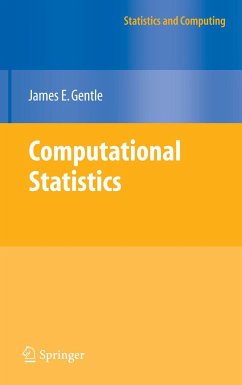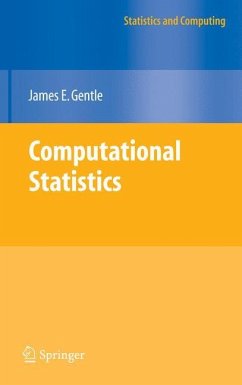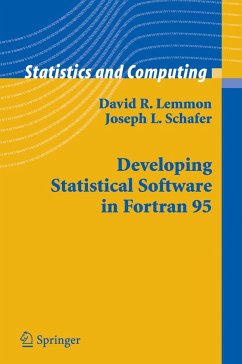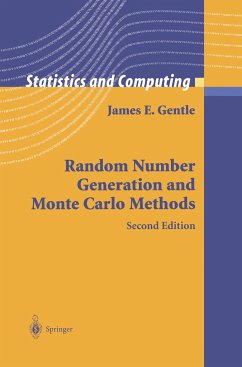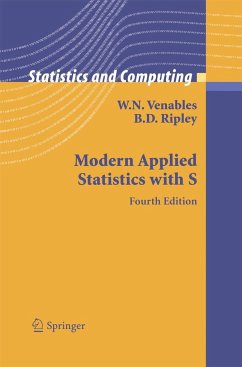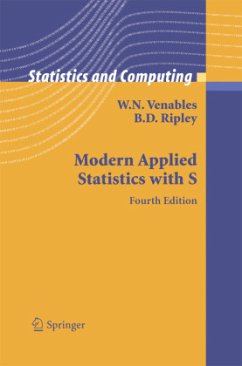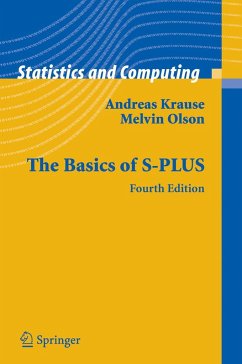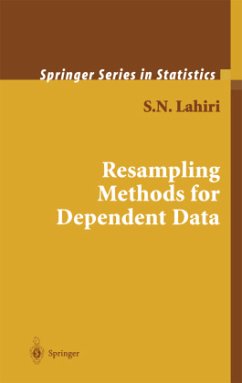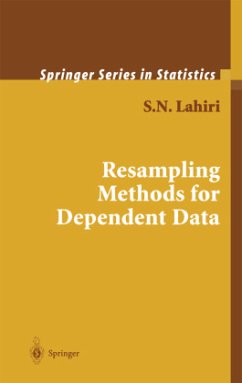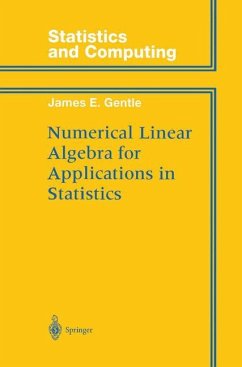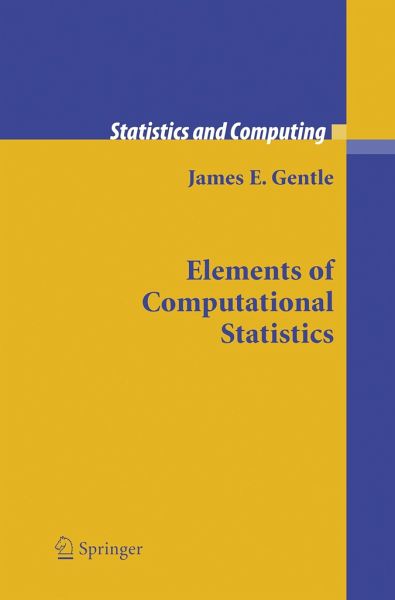
Elements of Computational Statistics

PAYBACK Punkte
41 °P sammeln!
In recent years developments in statistics have to a great extent gone hand in hand with developments in computing. Indeed, many of the recent advances in statistics have been dependent on advances in computer science and techn- ogy. Many of the currently interesting statistical methods are computationally intensive, eitherbecausetheyrequireverylargenumbersofnumericalcompu- tions or because they depend on visualization of many projections of the data. The class of statistical methods characterized by computational intensity and the supporting theory for such methods constitute a discipline cal...
In recent years developments in statistics have to a great extent gone hand in hand with developments in computing. Indeed, many of the recent advances in statistics have been dependent on advances in computer science and techn- ogy. Many of the currently interesting statistical methods are computationally intensive, eitherbecausetheyrequireverylargenumbersofnumericalcompu- tions or because they depend on visualization of many projections of the data. The class of statistical methods characterized by computational intensity and the supporting theory for such methods constitute a discipline called "com- tational statistics". (Here, I am following Wegman, 1988, and distinguishing "computationalstatistics"from"statisticalcomputing", whichwetaketomean "computational methods, including numerical analysis, for statisticians".) The computationally-intensive methods of modern statistics rely heavily on the developments in statistical computing and numerical analysis generally. Computational statistics shares two hallmarks with other "computational" sciences, such as computational physics, computational biology, and so on. One is a characteristic of the methodology: it is computationally intensive. The other is the nature of the tools of discovery. Tools of the scienti?c method have generally been logical deduction (theory) and observation (experimentation). The computer, used to explore large numbers of scenarios, constitutes a new type of tool. Use of the computer to simulate alternatives and to present the research worker with information about these alternatives is a characteristic of thecomputationalsciences. Insomewaysthisusageisakintoexperimentation. The observations, however, are generated from an assumed model, and those simulated data are used toevaluate and study the model.





